Rising Vehicle Production
The automotive engine-cooling-system market experiences growth driven by the increasing production of vehicles in the US. In recent years, the automotive industry has seen a surge in manufacturing, with production levels reaching approximately 10 million units annually. This rise in vehicle production necessitates a corresponding demand for efficient cooling systems to maintain optimal engine performance. As manufacturers focus on enhancing vehicle reliability and longevity, the automotive engine-cooling-system market is likely to benefit from this trend. Furthermore, the shift towards more complex engine designs, which require advanced cooling solutions, further propels the market forward. The integration of innovative materials and technologies in cooling systems is expected to enhance their efficiency, thereby attracting more manufacturers to invest in this sector.
Stringent Emission Regulations
The automotive engine-cooling-system market is significantly influenced by stringent emission regulations imposed by the US government. These regulations aim to reduce greenhouse gas emissions and improve fuel efficiency across the automotive sector. As a result, manufacturers are compelled to develop advanced cooling systems that not only enhance engine performance but also comply with these regulations. The market is projected to grow as companies invest in research and development to create innovative cooling solutions that meet the evolving standards. For instance, the implementation of technologies that optimize thermal management can lead to reduced emissions, thereby aligning with regulatory requirements. This trend indicates a strong correlation between regulatory pressures and the demand for advanced cooling systems in the automotive industry.
Increase in Aftermarket Services
The automotive engine-cooling-system market is also driven by the growing demand for aftermarket services. As vehicles age, the need for maintenance and replacement of cooling system components becomes more pronounced. This trend is particularly evident in the US, where a significant portion of the vehicle fleet consists of older models that require regular servicing. The aftermarket segment presents lucrative opportunities for suppliers of cooling system components, as consumers seek reliable and efficient solutions to maintain their vehicles. Additionally, the rise of online platforms for parts sales and service bookings has made it easier for consumers to access aftermarket services. This shift is likely to bolster the automotive engine-cooling-system market, as more consumers invest in maintaining their vehicles' cooling systems to ensure optimal performance and longevity.
Growing Demand for Fuel Efficiency
The automotive engine-cooling-system market is propelled by the increasing consumer demand for fuel-efficient vehicles. As fuel prices fluctuate, consumers are more inclined to seek vehicles that offer better mileage and lower operational costs. This trend has led manufacturers to prioritize the development of engines that operate at optimal temperatures, thereby enhancing fuel efficiency. Advanced cooling systems play a crucial role in achieving this goal, as they help maintain engine temperatures within ideal ranges. The market is expected to expand as manufacturers invest in innovative cooling technologies that contribute to improved fuel economy. According to industry estimates, vehicles equipped with advanced cooling systems can achieve fuel efficiency improvements of up to 15%, making them more attractive to environmentally conscious consumers.
Technological Innovations in Cooling Systems
The automotive engine-cooling-system market is witnessing a wave of technological innovations that enhance the performance and efficiency of cooling systems. Recent advancements include the development of electric water pumps, variable-speed fans, and advanced heat exchangers, which contribute to better thermal management. These innovations not only improve engine performance but also reduce energy consumption, aligning with the growing trend towards sustainability in the automotive sector. The integration of smart technologies, such as sensors and control systems, allows for real-time monitoring and adjustment of cooling parameters, further optimizing engine performance. As manufacturers continue to invest in research and development, the automotive engine-cooling-system market is likely to see a proliferation of cutting-edge solutions that cater to the evolving needs of consumers and regulatory standards.


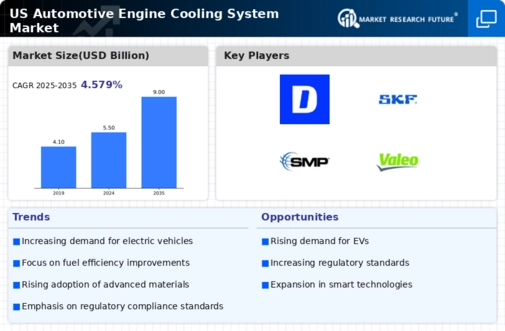
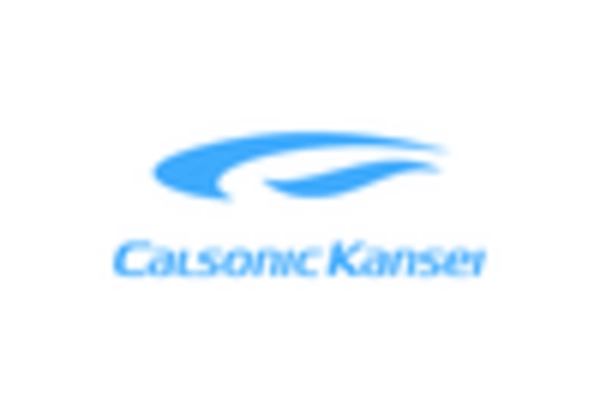
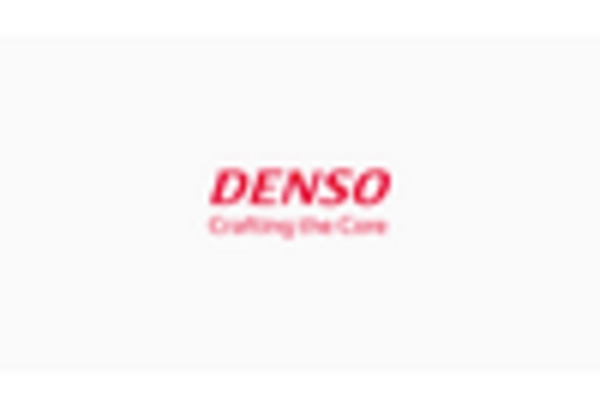
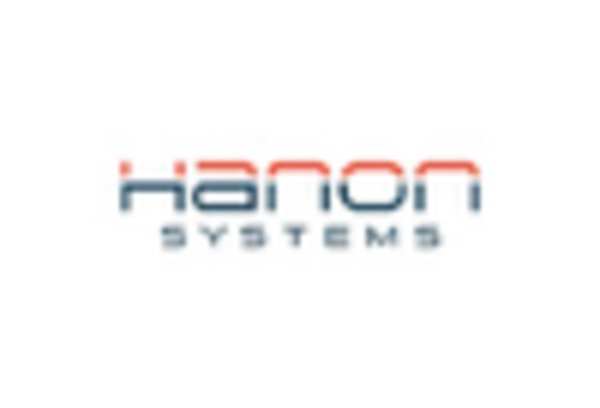
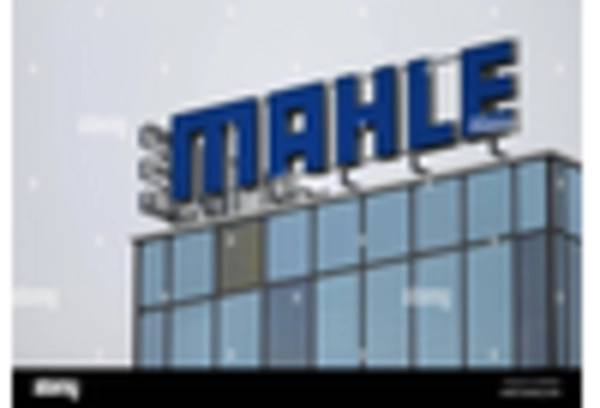
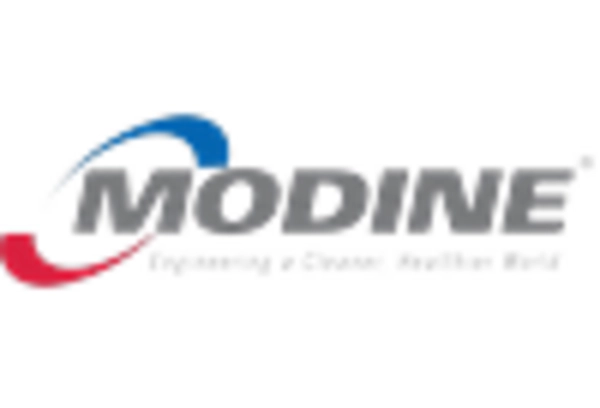
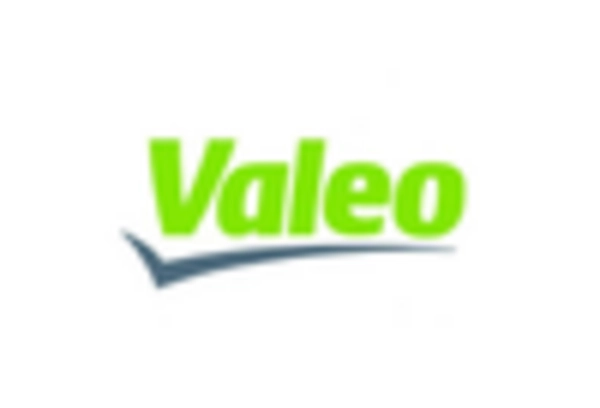








Leave a Comment